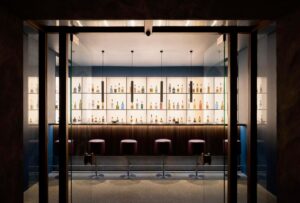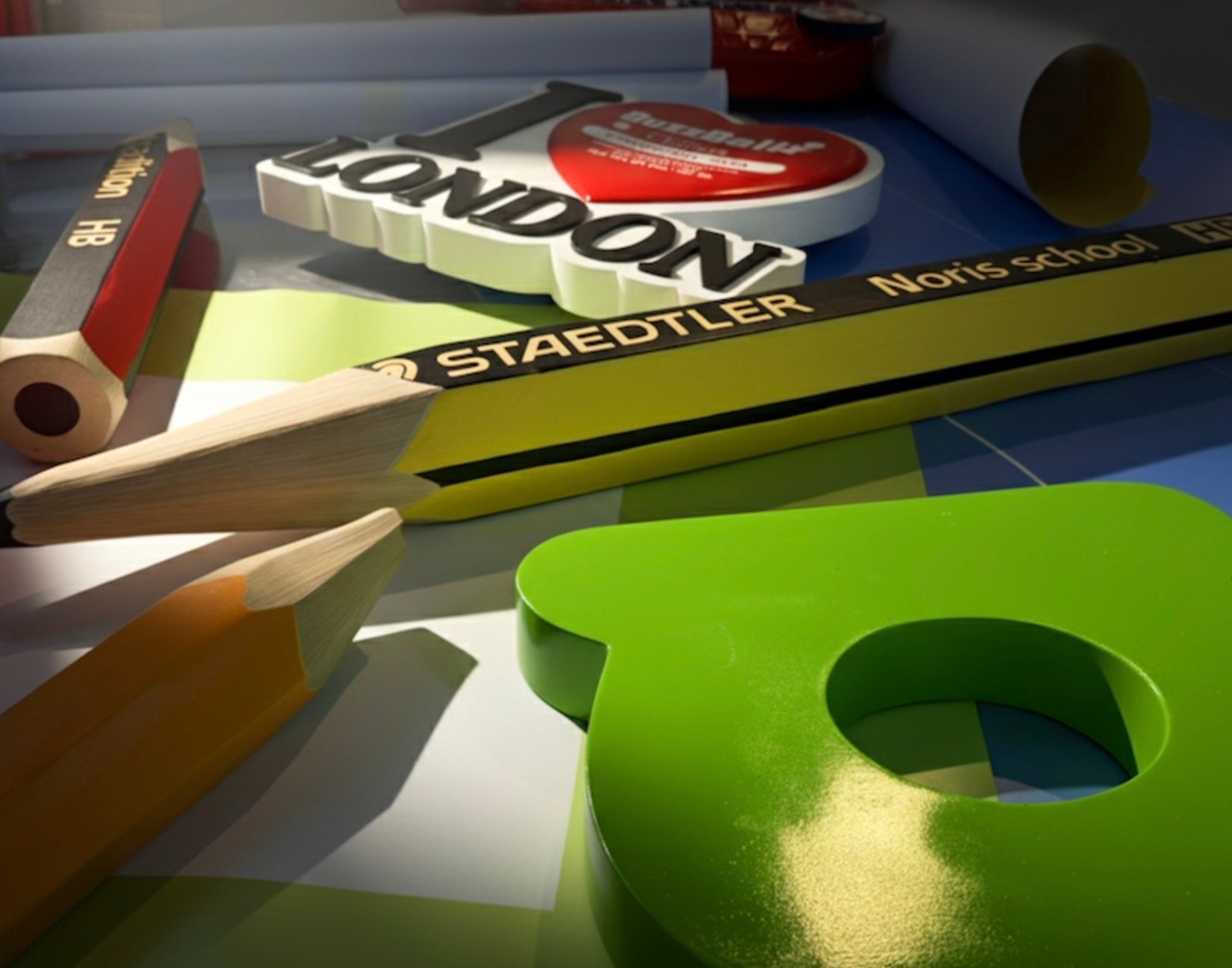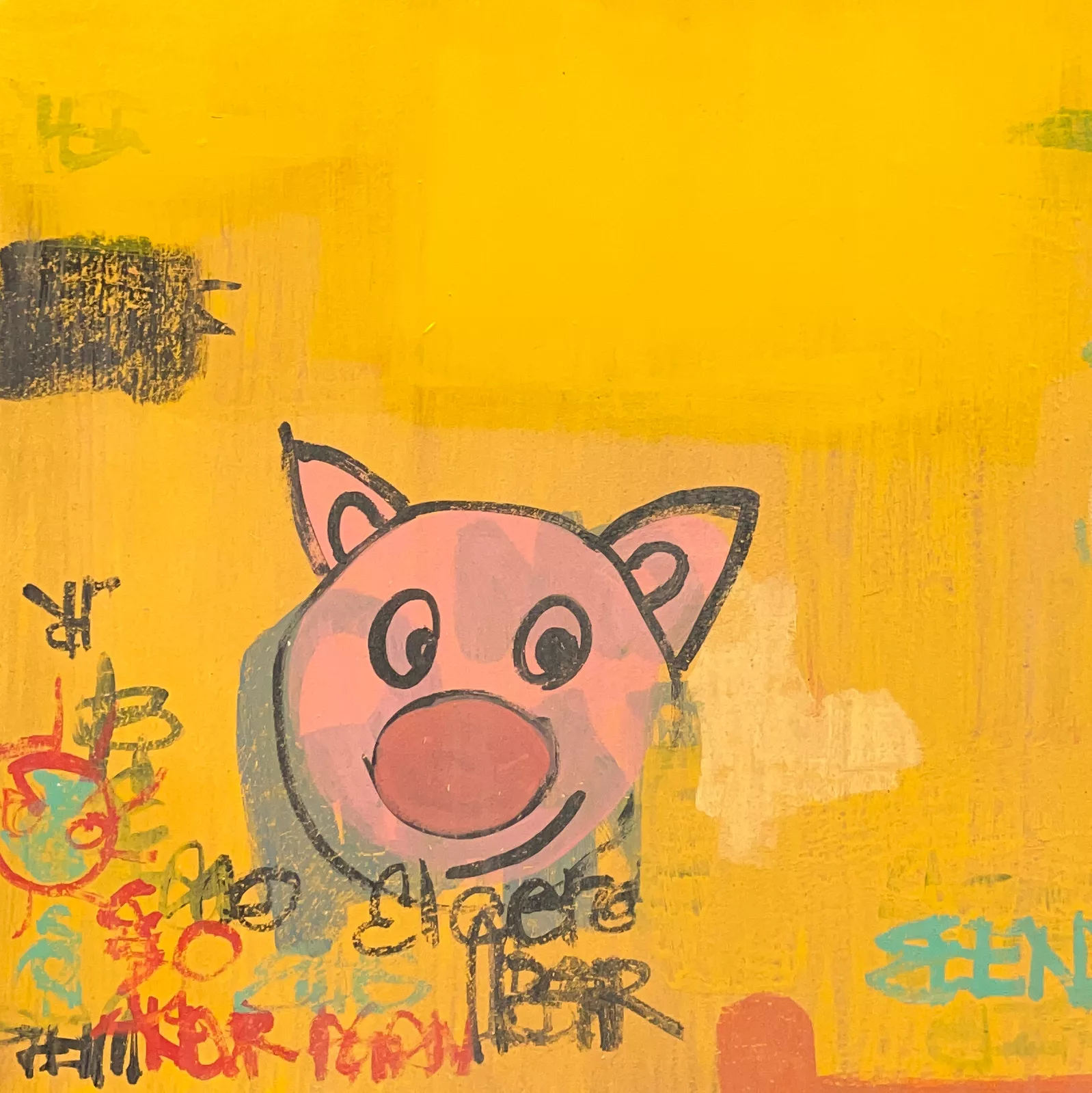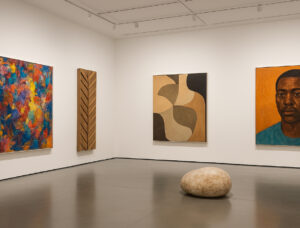The art world thrives on paradox, and few artists embrace contradiction as effectively as Elmgreen & Dragset. Known for their thought-provoking, often satirical installations, the duo has continually blurred the line between art and reality, creating works that challenge our expectations of function, accessibility, and meaning.
Their latest piece, K-BAR, set in the Khao Yai Art Forest in Thailand, extends their long-standing investigation into space, place, and cultural displacement. Much like their famous Prada Marfa installation—an inaccessible luxury boutique placed in the middle of the Texas desert—K-BAR plays with the illusion of availability, raising questions about consumption, colonialism, and our relationship with art in unexpected environments.
In this piece, we will explore:
•The origins and significance of K-BAR
•The broader context of Elmgreen & Dragset’s artistic philosophy
•How the installation engages with ideas of cultural exchange, privilege, and Western dominance in the art world
•The implications of site-specific art and its role in questioning accessibility and inclusion
The Concept Behind K-BAR
A Bar That’s There, But Not Quite
Located deep within Thailand’s Khao Yai Art Forest, K-BAR takes the form of an urban cocktail lounge transplanted into a lush, rural environment. Designed to mimic a high-end metropolitan bar, the structure is a sleek charcoal-gray pavilion that sits in stark contrast to its natural surroundings.
Inside, the bar is designed with all the elements of a sophisticated drinking establishment:
•A stainless-steel and dark wood counter
•Plush red leather stools
•Terrazzo flooring
•A backlit shelving display housing a curated selection of liquor
And yet, true to Elmgreen & Dragset’s style, there’s a catch—the bar is rarely open. Visitors can look inside through a glass window, but access is severely limited. It is only open once a month, offering a carefully curated cocktail menu created in collaboration with local mixologists.
Even then, the exclusivity of the experience reinforces themes of privilege and inaccessibility. Who gets to experience this space? What does it mean to create an environment that is deliberately unattainable?
A Kippenberger Connection
Further enriching K-BAR’s meaning is its permanent feature: a painting by German artist Martin Kippenberger (1996), visible through a window but not directly accessible. Kippenberger, known for his playful yet critical approach to consumer culture, is a fitting reference.
By placing a Western artwork in the middle of a Southeast Asian forest, Elmgreen & Dragset force the viewer to consider the asymmetry of cultural exchange. What does it mean for a European artwork to be transported into an Asian landscape? How does this mirror—or subvert—the long history of Western institutions acquiring and displaying Southeast Asian artifacts?
This theme ties into larger debates around museum collections, colonial history, and the repatriation of looted art. What if Western institutions were required to return cultural objects to Asia in exchange for hosting contemporary Western artworks in non-traditional, rural settings?
K-BAR is not just a conceptual bar—it is a provocation, challenging viewers to rethink who owns culture, who has access to art, and what it means to create in a globalized world.
Elmgreen & Dragset’s Legacy: Playing with Function and Dysfunction
From Prada Marfa to K-BAR: The Art of Unattainability
Elmgreen & Dragset’s work is characterized by a consistent engagement with the idea of public space, capitalism, and exclusivity.
Their most well-known work, Prada Marfa (2005), follows a similar conceptual framework to K-BAR. The installation, which mimics a luxury Prada boutique, is located in the middle of the Texan desert—permanently closed, permanently stocked.
The piece critiques consumer culture and the illusion of luxury. The store appears real, but is completely inaccessible, forcing viewers to question the nature of branding and desire.
K-BAR follows this tradition but adds layers of cultural critique. While Prada Marfa examined commercialism in isolation, K-BAR engages with the politics of location and history. By placing a Western-style bar in Thailand, they challenge ideas of globalization, cultural displacement, and who gets to participate in the art world.
The Role of Site-Specific Art: Access, Inclusion, and Cultural Power
Art That Exists Outside the Museum
Elmgreen & Dragset’s decision to place K-BAR in the Khao Yai Art Forest reflects a broader movement in contemporary art: the rise of site-specific installations that exist outside traditional museum spaces.
The Khao Yai Art Forest, founded by Marisa Chearavanont, is an ambitious project that aims to integrate contemporary art into natural landscapes, fostering a deeper dialogue between art, ecology, and human interaction.
By situating K-BAR in this setting, Elmgreen & Dragset ask:
•Who is contemporary art for? Is it still exclusive to urban, Western-centric audiences?
•Does accessibility define art? If an artwork is placed in a remote location, does it lose or gain meaning?
•Can art challenge colonial narratives? By relocating a “Western” space to a Thai forest, can we subvert dominant cultural histories?
Reversing the Gaze: A Postcolonial Perspective
One of the most fascinating aspects of K-BAR is how it flips the traditional power dynamic of cultural exchange. Historically, Western museums have extracted art from Asia, Africa, and South America, placing these objects in institutions where they are displayed through a European lens.
K-BAR reverses this process by implanting a Western art object into an Asian landscape. The gesture subtly questions:
•What if Western works had to be “borrowed” by Asia, rather than the other way around?
•What if the most valuable Western cultural objects were relocated to remote non-Western locations?
•Would the Western art world still value them in the same way?
This subtle critique adds another layer of irony and introspection to the project. By placing a symbol of Western cultural capital (the high-end bar and a European painting) in an unexpected setting, K-BAR plays with expectations, assumptions, and power dynamics in the global art scene.
K-BAR is not just an art installation—it is an idea, a challenge, and a critique. By presenting a hyper-modern, inaccessible Western-style bar in a Southeast Asian forest, Elmgreen & Dragset force us to confront difficult questions:
Elmgreen & Dragset’s work continues to engage with paradoxes of accessibility and exclusivity, challenging the viewer to think critically about their own place in the world.
Just as Prada Marfa made us question desire and consumerism, K-BAR invites us to reconsider ownership, cultural displacement, and the global art hierarchy.
No comments yet.









